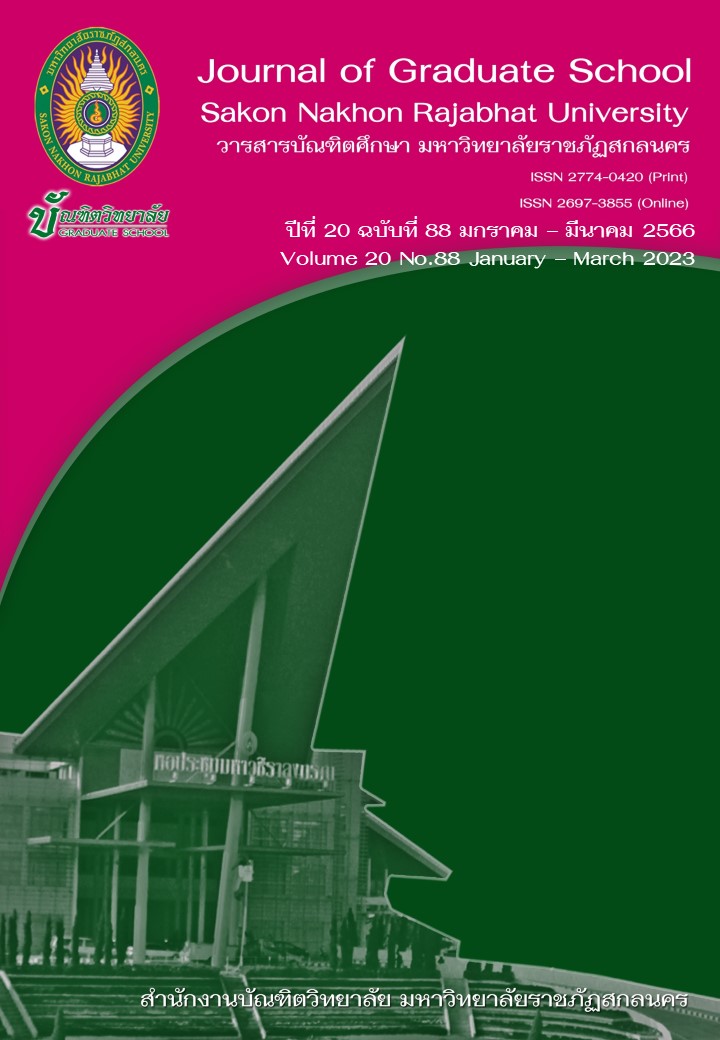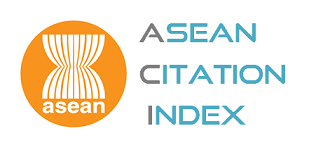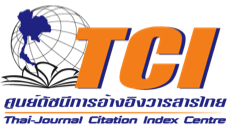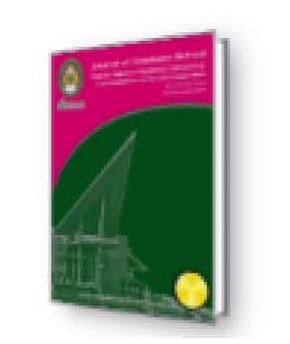แนวทางส่งเสริมการใช้สื่อดิจิทัลเพื่อการสอนของครูโรงเรียนกีฬาสังกัดองค์กรปกครองส่วนท้องถิ่นภาคตะวันออกเฉียงเหนือ
Keywords:
Guidelines for Promoting the Use of Digital Media, Instructional Digital MediaAbstract
The purposes of this study were to 1) investigate the conditions, problems, and needs of implementing digital media in teaching purposes of teachers in sports schools under the Local Government Organization (LAO) in the Northeastern Region, and 2) explore guidelines for promoting the use of digital media for teaching purposes of teachers in sports schools under the LAO in the Northeastern Region. The two-phase research was conducted as follows: In the first phase, the conditions, problems, and needs of using digital media for teaching purposes of teachers in sports schools under the LAO in the Northeastern Region were explored. The population included six administrators and 164 teachers, yielding a total of 170 people. Through stratified sampling, 123 teachers were selected as a sample. There were 118 replies, representing 95.94 percent of the total. The instruments for data collection were 1) a semi-structured interview form and 2) a set of questionnaires that included a checklist and a 5-point rating scale with the reliability of 0.974. The statistics employed for data analysis were frequency, percentage, mean, and standard deviation. In the second phase, the guidelines for promoting the use of digital media for teaching purposes of teachers in sports schools under the LAO in the Northeastern Region had been sought through a group discussion among nine experts. The data was examined using both content and quantitative statistical analyses employing frequency and percentage calculations.
The findings revealed that all sports schools’ administrators formulated policies for developing modern digital media, and enhancing the efficiency of the digital and technological infrastructure by providing the budget for instructional media. The majority of respondents, 62.71 percent, were female teachers. The majority of respondents, 61.02 percent, were in the age group of 20-30 years. This is followed by 33.05 percent of respondents in the age group of 31-40 years. Regarding the funded-government digital media utilization, the majority of teachers, 68.64 percent, utilized learning management through information technology. When it comes to general media, the majority of teachers, 32.3 percent, used Facebook, followed by 22.88 percent of Line users, and 17.80 percent of users in search engines. The use of digital media for teaching purposes was based on the media’s qualities and functions, which were at a high level and achieved the highest level in all items. The use of all types of digital media was overall at a high level ( = 4.22). Overall, teachers encountered three major issues - hardware, software, and data- at a high level across all aspects while using digital media. In terms of teachers’ needs for using digital media, overall, teachers need to adopt digital media at a high level in all aspects. The top three areas where teachers need assistance were with hardware, personnel, and budget.
The guidelines for promoting digital media use for teaching purposes of teachers in sports schools of the LAO in the Northeastern Region consisted of five aspects: 1) Hardware, including the provision of 1.1) up-to-date and adequate teaching and learning tools and equipment, 1.2) high-speed, and efficient networks; 2) Software, 2.1) the curriculum needs to be revised and developed to accommodate online learning settings and incorporate age-appropriate technology use, and 2.2) a provision of software and programs for instructional media production based on the teachers’ needs; 3) Personnel, 3.1) establishing the measures which enable the teachers to seriously adopt digital media, 3.2) teachers should create lesson plans that are appropriate for the teaching and learning management for digital era, 3.3) promoting continuous learning and skill development in the creation and use of digital media for instruction; 4) Data, 4.1) the provision or creation of digital media that are appropriate for the curriculum and current situations, and 4.2) the construction of effective digital systems for instruction; and 5) Budget, 5.1) the allocation of an adequate budget for maintaining or fixing the computers and equipment.
References
กระทรวงดิจิทัลเพื่อเศรษฐกิจและสังคม. (2559). กรุงเทพมหานคร : การขับเคลื่อนเข้าสู่ความเป็นดิจิทัลมีความสำคัญต่อการพัฒนาประเทศ ปัญหาการใช้เทคโนโลยีสารสนเทศทางการศึกษาของครูและการแก้ปัญหา. เข้าถึงได้จาก http://da-sirinapa.blogspot.com/2016/02/blog-post.html http://mediathailand-ictedu.blogspot.com/2012/05/blog-post_31.html. 15 มกราคม 2565.
ธัญญารัตน์ มากมี. (2560). เทคโนโลยีสารสนเทศ. ห้องเรียนเครือข่าย (E-Learning). [Online].
บัญญพนต์ พูนสวัสดิ์. (2561). ดิจิทัลมีผลต่อการเรียนการสอนของครู. เข้าถึงได้จาก https://tdri.or.th/2020/05/examples-of-teaching-and-learning-in-covid-19-pandemic/. 15 มกราคม 2565.
ปิยวิทย์ วรรณมาศ. (2559). สื่อสังคมออนไลน์. เข้าถึงได้จาก https://www.gotoknow.org/posts/242734. 15 มกราคม 2565.
รัฐพล พรหมมาศ. (2558). องค์ประกอบสื่อดิจิทัล. กรุงเทพฯ: ศูนย์เทคโนโลยีอิเล็กทรอนิกส์และคอมพิวเตอร์แห่งชาติ.
วรางคณา ทองนพคุณ. (2556). การดำรงชีวิตในสังคมแห่งความเปลี่ยนแปลง. เข้าถึงได้จาก https://sites.google.com/a/esdc.go.th/ksoda/home/thaksa-ni-stwrrs-thi-21. 18 ธันวาคม 2564.
วิจารณ์ พานิช. (2557). คนยุคใหม่ต้องมีทักษะสูงในการเรียนรู้และปรับตัว. เข้าถึงได้จาก https://corporate.baseplayhouse.co/21st-century-skill. 18 ธันวาคม 2564.
เสกสรร ศิวิลัย. (2559). การใช้สื่อดิจิทัลเพื่อการเรียนการสอนของครู. เข้าถึงได้จาก http://backoffice.onec.go.th/uploads/Book/1653-file.pdf. 8 กุมภาพันธ์ 2565.
อุดมชัย บุญรอด. (2559). ขาดแคลนเครื่องมืออุปกรณ์เทคโนโลยีคอมพิวเตอร์. เข้าถึงได้จาก https://citcoms.nu.ac.th/act641228/. 8 กุมภาพันธ์ 2565.
Ken Robinson. (2006). Changing Education Paradigms. Retrieved from https://www.unicef.org/thailand/th/stories. May 6th, 2021.
Murray M.C. & Perez, J. (2014). How Higher Education Failed at the Fourth Literacy.Issues in Informing Science and Information Technology. Paradox: Unraveling the Digital Literacy Paradox.
Likert, R. (1932). A Technique for the measurement of attitudes. Archives of Psychology, 140, 1-55.
Downloads
Published
How to Cite
Issue
Section
License
Copyright (c) 2023 Journal of Graduate School Sakon Nakhon Rajabhat University

This work is licensed under a Creative Commons Attribution-NonCommercial-NoDerivatives 4.0 International License.
บทความทุกบทความที่ตีพิมพ์ในวารสารบัณฑิตศึกษา มหาวิทยาลัยราชภัฏสกลนคร ถือว่าเป็นลิขสิทธิ์ของบัณฑิตวิทยาลัย มหาวิทยาลัยราชภัฏสกลนคร










